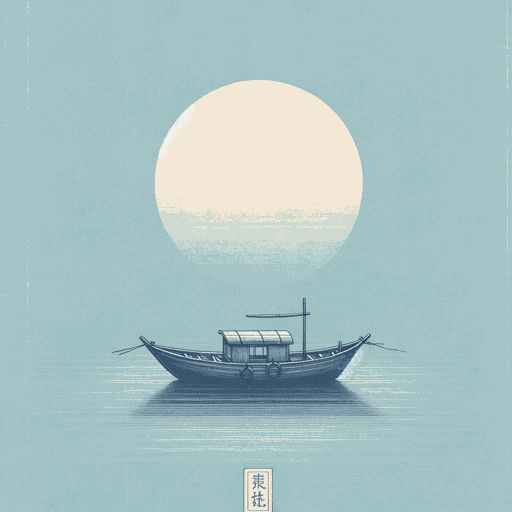68 pages • 2 hours read
Erika LeeThe Making of Asian America: A History
Nonfiction | Book | Adult | Published in 2015A modern alternative to SparkNotes and CliffsNotes, SuperSummary offers high-quality Study Guides with detailed chapter summaries and analysis of major themes, characters, and more.
Part 2, Chapters 7-9Chapter Summaries & Analyses
Part 2: “The Making of Asian America During the Age of Mass Migration and Asian Exclusion”
Chapter 7 Summary: “South Asian Immigrants and the ‘Hindu Invasion’”
South Asians, such as the Sikhs, Hindus, and Muslims, comprised a small fraction of Asian immigration to the Americas but still faced “a virulent pattern of anti-Asian racism” such as the “Hindu Invasion” headlines” (151). Between 1910 and 1932, only 8,055 South Asians were admitted to the US. Between 1838 and the end of World War I, close to half a million South Asians worked as indentured laborers in the British Empire, especially Jamaica, British Guiana, and Trinidad. Most immigrants coming to North America in the early 20th century were young men from Punjab. Many left their wives and children and planned to eventually go home. Immigration policies and discrimination complicated women’s immigration.
Their jobs included the railroad, lumber, agriculture, and fishing, especially as East Asian immigration was banned. They stayed in Washington, Oregon, California, and British Columbia. On rare occasions, immigrants like Kala and Vaishno Das Bagai arrived as a family. Vaishno dressed in a Western manner and became a naturalized citizen in 1921, but the family still faced discrimination.
Multiethnic families that included South Asians were more common. Since their diaspora community was so small, it “constrained their choices” by sometimes not having ethnocultural organizations to help them settle. However, The Pacific Coast Khalsa Diwan Society facilitated the Sikh faith and established a temple (gurdwara) for the group.
Featured Collections
Asian American & Pacific Islander...
View Collection
Books on U.S. History
View Collection
Colonialism & Postcolonialism
View Collection
Community
View Collection
Contemporary Books on Social Justice
View Collection
Globalization
View Collection
Immigrants & Refugees
View Collection
Politics & Government
View Collection
SuperSummary Staff Picks
View Collection

